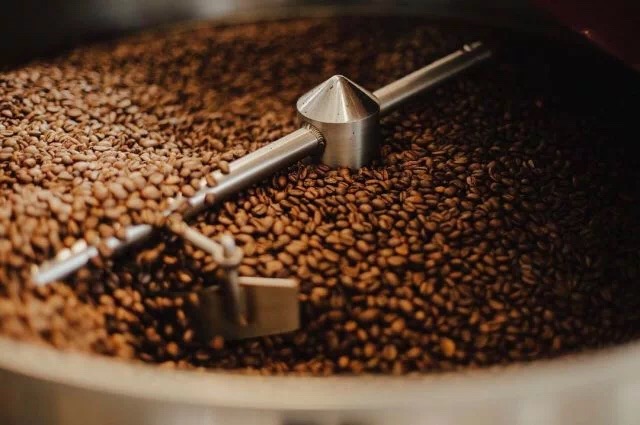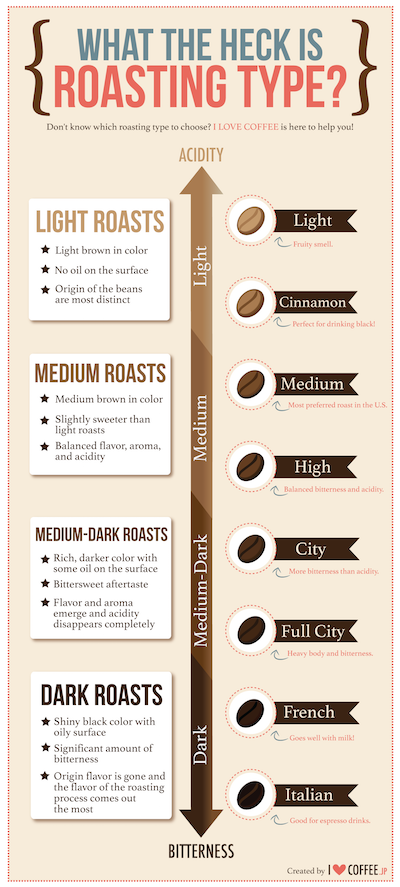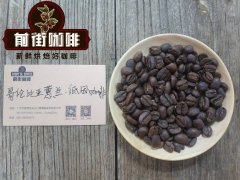How Roast Degree of Coffee Affects Coffee Flavor What is Roast Degree of Espresso Roast Color
After the original quality of coffee beans, coffee roasting is the most important factor affecting flavor. Baking is a dynamic cause and effect in which baking degree is an important variable, which seems easy to understand but is quite challenging to apply. It takes years of training to be able to read coffee beans and make instant decisions. Perfect roast and bad coffee beans are often just a matter of seconds. In short, the longer the coffee is stored in the roaster or the higher the roasting temperature, the darker the color of the coffee beans. The darker the beans, the more bitter they taste.
Coffee flavor depends on its sweetness, body, aroma, acidity and varietal characteristics.
Effect of Roasting on Coffee Flavor and Taste

Roasting is the final stage in the complex process of coffee from produce to roasted coffee beans that can be ground, brewed and enjoyed. We call coffee beans that are not yet roasted "green beans" because of their green color. Before baking, these green beans are dense, almost odorless and smell like grass. It's not until it's heated during roasting that the flavor and aroma of coffee that we value is released and coffee becomes more soluble and drinkable. Baking is an integral part of our quest for delicacy, balancing art and science.
Variables in the baking process, such as time and temperature, have a significant impact on how acidity, body and taste are perceived. How the baker chooses to apply these variables is called baking curves. A baking profile is a recipe created and followed by a baker to achieve a target flavor profile. Roasters use time and temperature to control flavor and highlight coffee's true potential. The taste of coffee ultimately depends on the chemical composition of the coffee bean, but roasting characteristics can significantly affect the performance of the coffee bean. Even the most experienced roaster can't make low-acid, earthy coffee taste bright and fruity. This is because the flavor compounds contained in coffee are already ingrained in coffee beans due to environmental factors and processing methods chosen. However, roasters can choose to use the roasting process in a way that encourages coffee to taste more or less sour, more or less mellow, balanced, palatable, bitter, or sweet.
The roaster's roasting profile is tracked on a chart that measures time relative to the temperature of the coffee beans and air inside the roaster.
What is espresso roasting?

Espresso roasting is not a degree of roasting (light, medium, dark), but rather a roasting method suitable for the espresso brewing process. Espresso is a coffee beverage made by a unique brewing method. In this method, pressure is used to extract a small but concentrated amount of coffee. Espresso always refers to the brewing method (using an espresso machine), while coffee roasting is designed to help coffee taste best when brewed using an espresso machine.
Important Notice :
前街咖啡 FrontStreet Coffee has moved to new addredd:
FrontStreet Coffee Address: 315,Donghua East Road,GuangZhou
Tel:020 38364473
- Prev

What is decaffeinated coffee? how does it differ from ordinary coffee? the efficacy of decaf beans
Decaf is rare in boutique cafes, whether it's hand-brewed coffee or espresso, and decaf beans are very rare. why? Coffee flavor is the standard by which we measure the quality of coffee beans. Bass coffee will lose some flavor in the process of decaffeination, so it should lower the price, but decaf coffee has another decontamination cost. So the price will increase relatively.
- Next

Seven reasons affecting the aroma and flavor of coffee: the brewing method of environmental roasting degree of coffee beans
As coffee lovers, we know that you can find a wide range of features in coffee. From simple tones to sweet fruit, to flowers and tea, our favorite drinks bring an incredible taste experience. But what determines the flavor of your coffee? There is no simple answer to this question. The science behind the flavor of coffee is still in place.
Related
- Detailed explanation of Jadeite planting Land in Panamanian Jadeite Manor introduction to the grading system of Jadeite competitive bidding, Red bid, Green bid and Rose Summer
- Story of Coffee planting in Brenka region of Costa Rica Stonehenge Manor anaerobic heavy honey treatment of flavor mouth
- What's on the barrel of Blue Mountain Coffee beans?
- Can American coffee also pull flowers? How to use hot American style to pull out a good-looking pattern?
- Can you make a cold extract with coffee beans? What is the right proportion for cold-extracted coffee formula?
- Indonesian PWN Gold Mandrine Coffee Origin Features Flavor How to Chong? Mandolin coffee is American.
- A brief introduction to the flavor characteristics of Brazilian yellow bourbon coffee beans
- What is the effect of different water quality on the flavor of cold-extracted coffee? What kind of water is best for brewing coffee?
- Why do you think of Rose Summer whenever you mention Panamanian coffee?
- Introduction to the characteristics of authentic blue mountain coffee bean producing areas? What is the CIB Coffee Authority in Jamaica?

